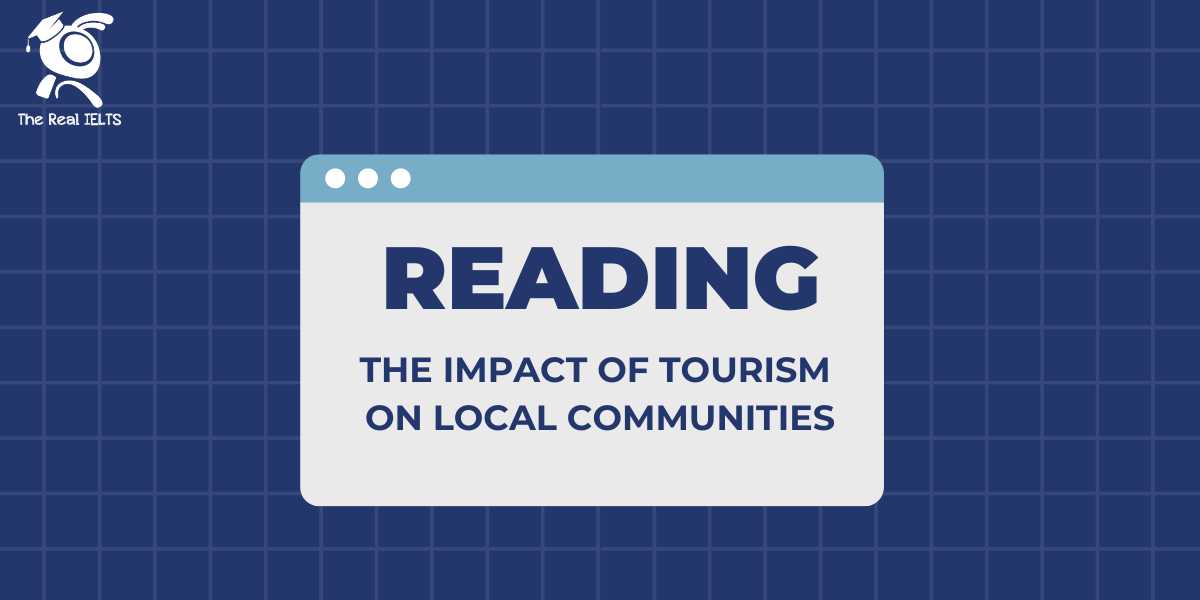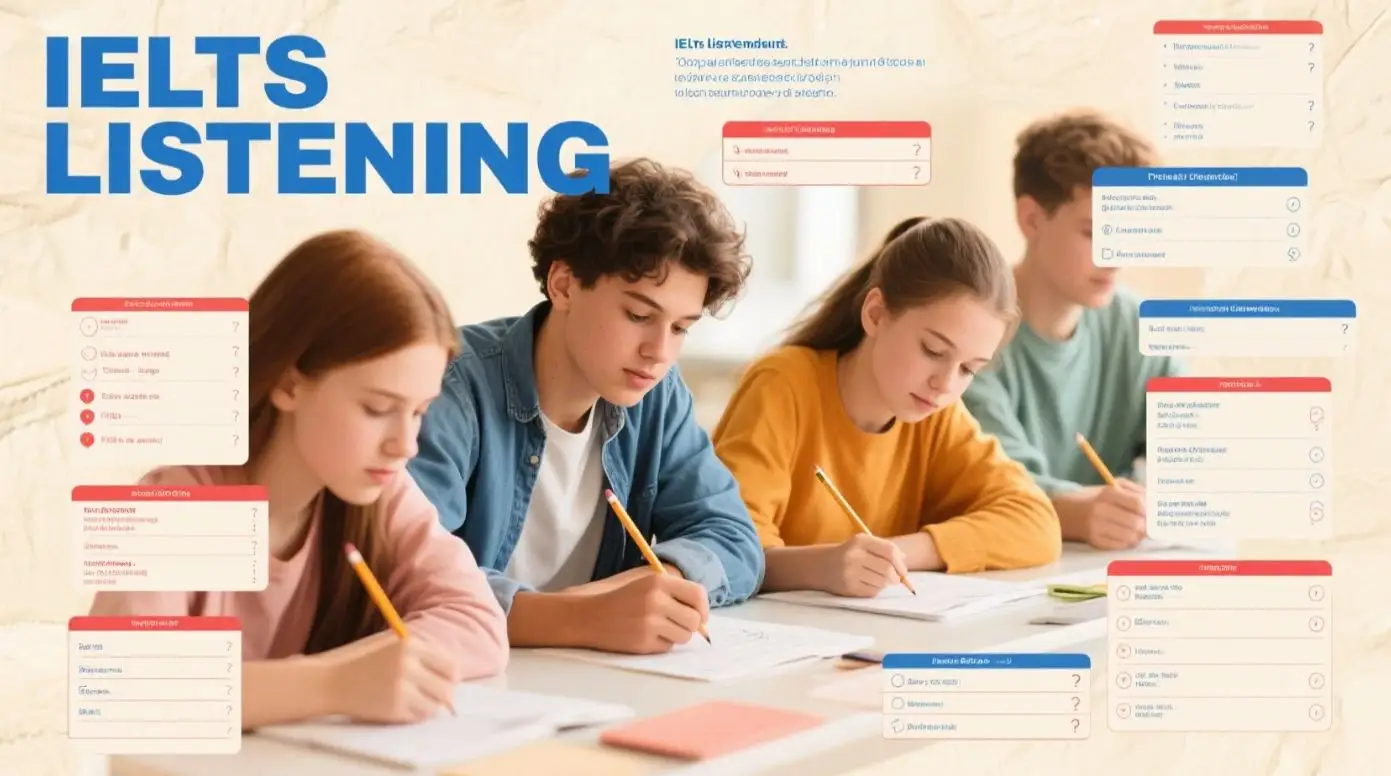Bài Reading này có chủ đề Tác động của Du lịch đối với cộng đồng bản địa. Các bạn hãy đọc kỹ bài Reading sau đó trả lời câu hỏi chính xác nhất có thể. Đáp án là để tham khảo.
Reading 1: The Impact of Tourism on Local Communities
Tourism is a significant global industry that brings considerable economic benefits to destinations around the world. However, it also has a profound impact on local communities, both positive and negative. Understanding these impacts is crucial for sustainable tourism development.
Economic Benefits
Tourism can be a major source of income for local communities. It creates jobs in various sectors, including hospitality, transportation, and retail. Local businesses often thrive due to the influx of tourists, leading to increased economic activity and development. In many regions, tourism revenue contributes significantly to the local and national economy, helping to improve infrastructure and public services.
Social and Cultural Impact
Tourism can also lead to greater cultural exchange and understanding. Visitors bring diverse perspectives and customs, which can enrich the local culture. Festivals, traditions, and crafts gain wider recognition, helping to preserve and promote cultural heritage. However, there is a risk of cultural erosion if tourism is not managed carefully. The influx of tourists can lead to the commercialization of culture, where local traditions are modified or exaggerated to meet tourist expectations.
Environmental Concerns
The environmental impact of tourism is another critical issue. Popular tourist destinations often face challenges such as pollution, habitat destruction, and increased waste. Natural resources, including water and energy, may be overused to cater to tourists. Sustainable tourism practices are essential to mitigate these negative effects. Efforts such as eco-friendly accommodations, responsible wildlife tourism, and waste management programs can help preserve the environment.
Community Displacement and Lifestyle Changes
In some cases, tourism can lead to the displacement of local communities. The demand for land and resources can drive up prices, making it difficult for locals to afford housing. Traditional lifestyles may change as communities adapt to cater to tourists. While some changes can be positive, such as improved infrastructure and services, others may lead to the loss of community identity and cohesion.
Balancing Tourism and Local Needs
Sustainable tourism requires a balance between the benefits and drawbacks of tourism. Policymakers and tourism developers must work with local communities to ensure that tourism growth does not come at the expense of local well-being. Involving locals in tourism planning and decision-making processes can lead to more equitable and sustainable outcomes. Community-based tourism initiatives, where locals have control over tourism activities, can also be effective in achieving this balance.
Questions
Section 1: Multiple Choice
- What is one of the main economic benefits of tourism for local communities? a) Increased cultural erosion
b) Creation of jobs
c) Displacement of locals
d) Environmental pollution - Which of the following is a potential positive social impact of tourism? a) Overuse of natural resources
b) Habitat destruction
c) Greater cultural exchange
d) Increased waste - What environmental concern is associated with tourism? a) Improved infrastructure
b) Preservation of local traditions
c) Pollution and habitat destruction
d) Increased economic activity - How can sustainable tourism practices help local communities? a) By driving up housing prices
b) By promoting responsible wildlife tourism
c) By exaggerating local traditions
d) By reducing local control over tourism activities - What is a key strategy for balancing tourism and local needs? a) Excluding locals from decision-making
b) Commercializing local culture
c) Involving locals in tourism planning
d) Increasing tourism growth at all costs
Section 2: True/False/Not Given
- Tourism always leads to positive economic outcomes for local communities.
True / False / Not Given - Cultural erosion is an unavoidable consequence of tourism.
True / False / Not Given - Sustainable tourism practices include eco-friendly accommodations and waste management programs.
True / False / Not Given - Tourism can lead to the displacement of local communities due to increased demand for land and resources.
True / False / Not Given - Community-based tourism initiatives aim to give locals more control over tourism activities.
True / False / Not Given
Section 3: Short Answer Questions
- What sectors benefit from the jobs created by tourism?
- How can tourism help in preserving cultural heritage?
- What are two environmental challenges mentioned that are caused by tourism?
- Why is it important to involve local communities in tourism planning?
- What is one example of a sustainable tourism practice?
Answer Key
Section 1: Multiple Choice
- b) Creation of jobs
- c) Greater cultural exchange
- c) Pollution and habitat destruction
- b) Promoting responsible wildlife tourism
- c) Involving locals in tourism planning
Section 2: True/False/Not Given
- False
- False
- True
- True
- True
Section 3: Short Answer Questions
- Hospitality, transportation, and retail sectors benefit from the jobs created by tourism.
- Tourism helps in preserving cultural heritage by gaining wider recognition for festivals, traditions, and crafts.
- Pollution and habitat destruction are two environmental challenges caused by tourism.
- It is important to involve local communities in tourism planning to ensure tourism growth does not come at the expense of local well-being and to achieve equitable and sustainable outcomes.
- One example of a sustainable tourism practice is eco-friendly accommodations.
Học lại bài cũ: Reading Skill Part 22: Renewable Resources: Wind and Solar Energy.















